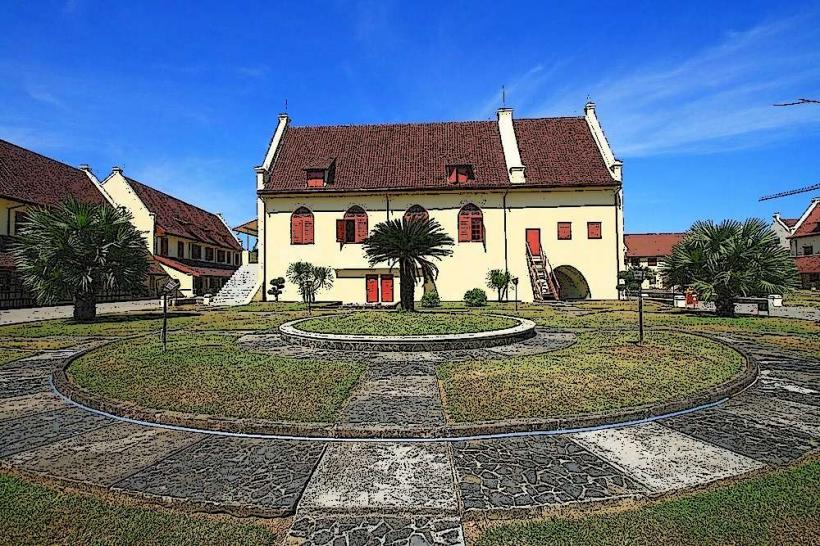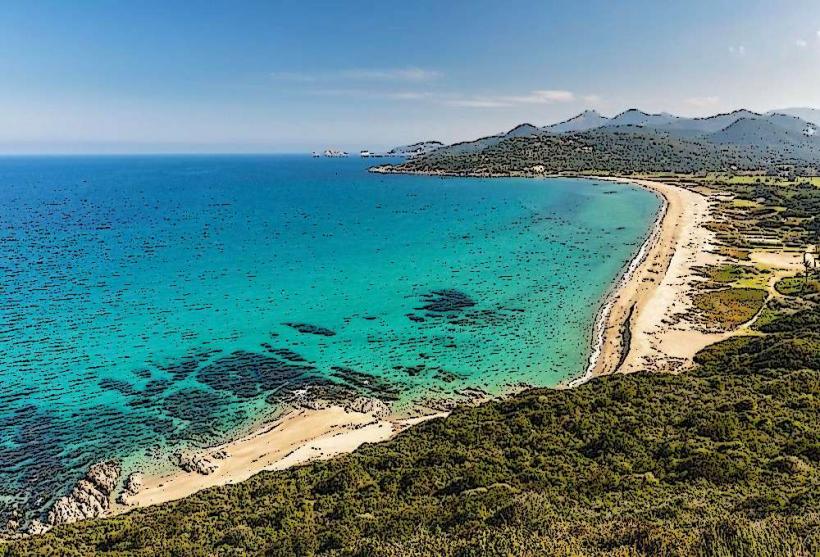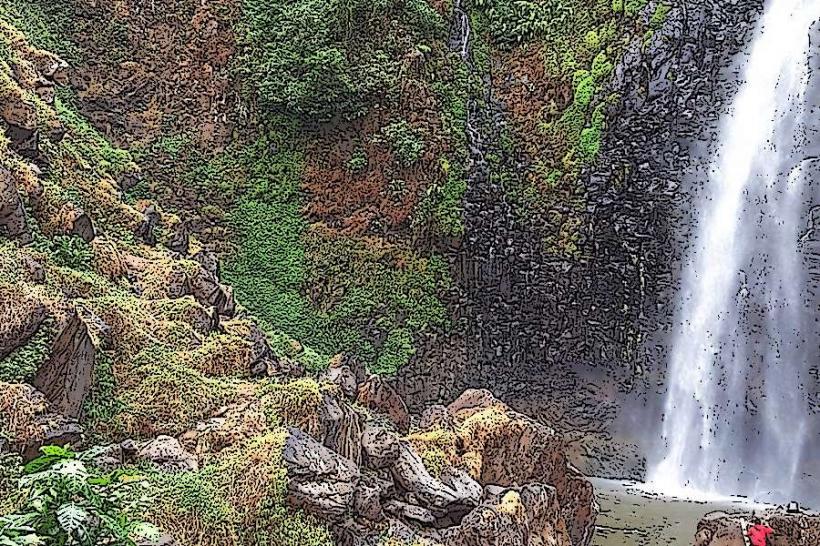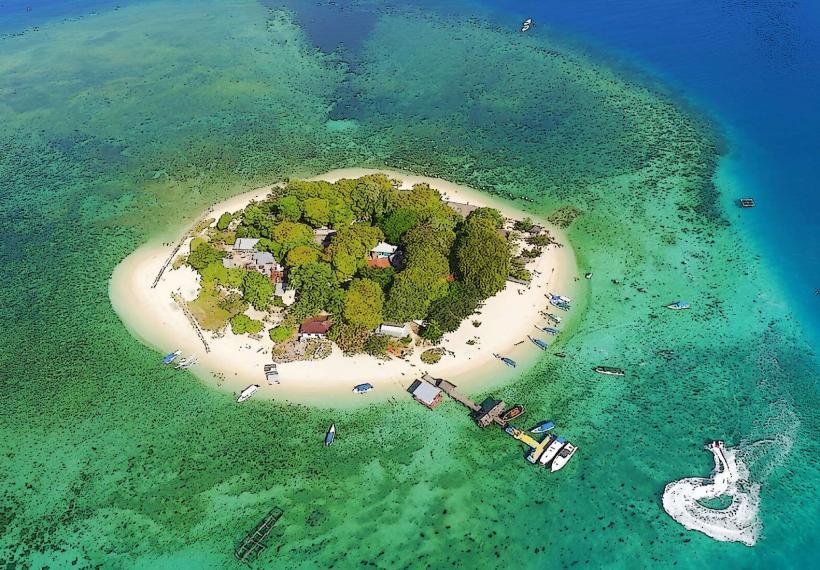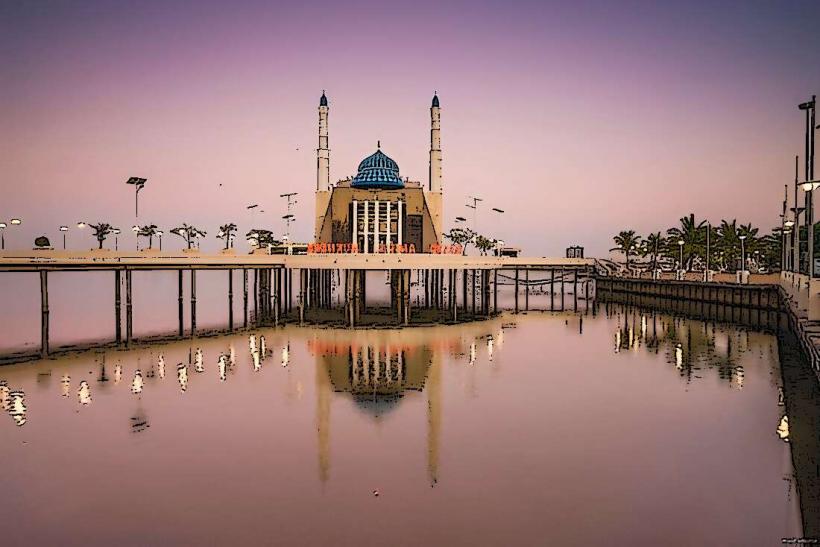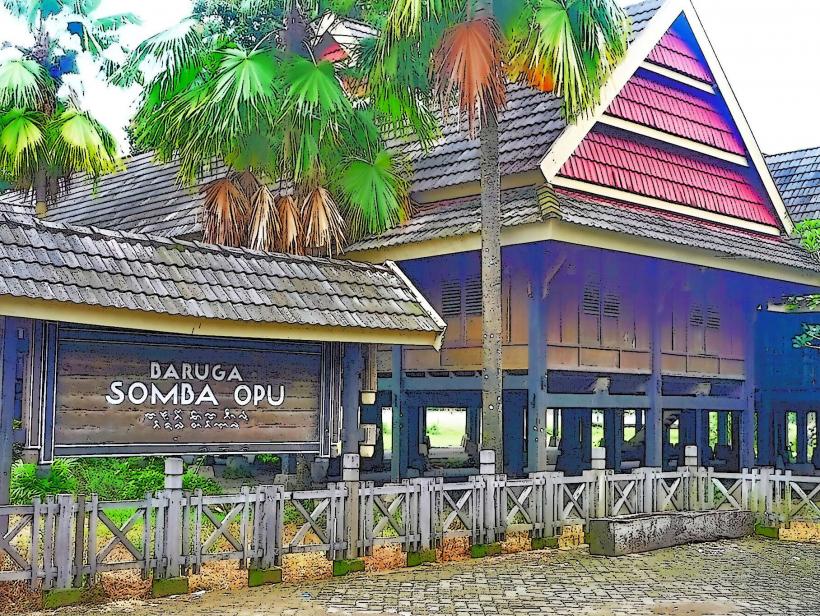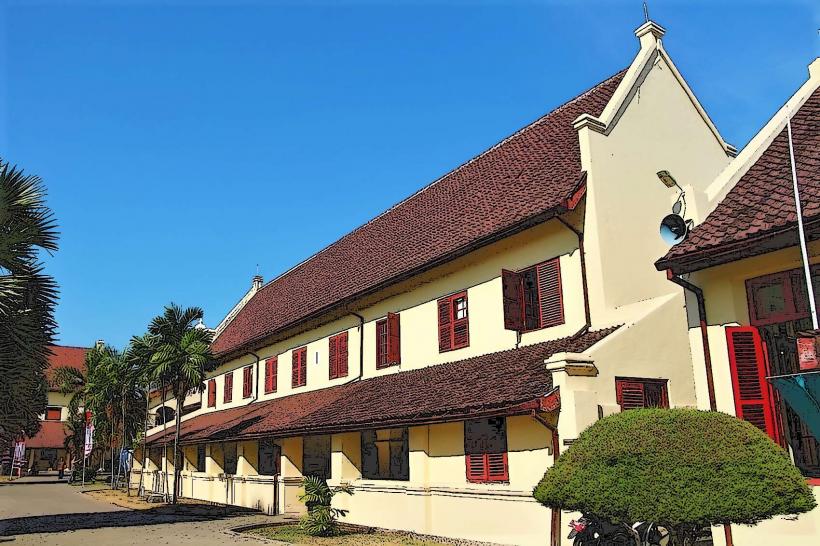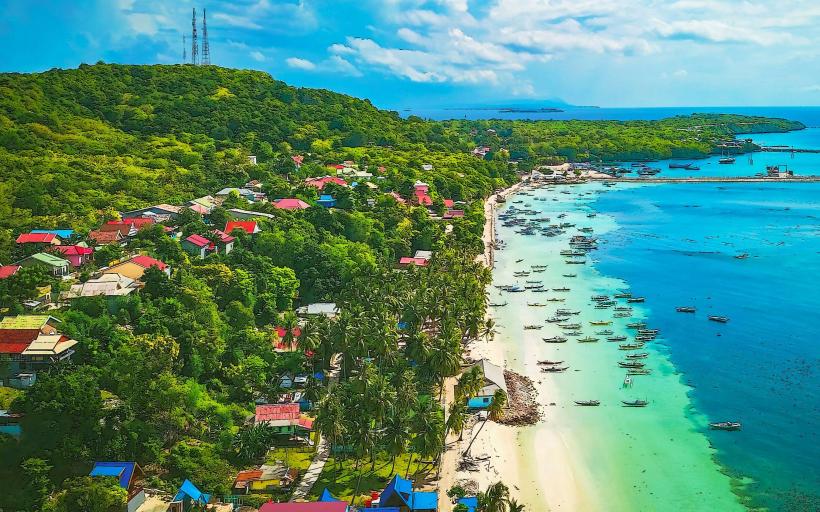Information
Landmark: Bantimurung National ParkCity: Makassar
Country: Indonesia
Continent: Asia
Bantimurung National Park is a stunning natural reserve located in Maros Regency, South Sulawesi, Indonesia. It is renowned for its breathtaking landscapes, rich biodiversity, and its role as a conservation area. Often referred to as the "Kingdom of Butterflies" due to its remarkable butterfly population, the park is a must-visit destination for nature lovers, hikers, and those interested in exploring the unique flora and fauna of Sulawesi.
Key Details about Bantimurung National Park:
1. Location and Accessibility
- Bantimurung National Park is located approximately 40 kilometers from Makassar, the capital city of South Sulawesi, making it easily accessible for visitors.
- The park is situated in the Maros Regency, specifically in the Bantimurung area, which is known for its natural beauty and historical significance.
- Visitors can reach the park by car or public transport from Makassar. The journey takes around 1 to 1.5 hours, depending on the traffic.
2. Natural Beauty and Landscape
- Bantimurung National Park is known for its lush tropical rainforest, limestone cliffs, waterfalls, and crystal-clear rivers. The park is characterized by dramatic karst landscapes, with jagged limestone formations towering above the forest floor.
- The Bantimurung Waterfall, which is one of the park's main attractions, is a stunning 15-meter-high waterfall that cascades into a serene pool below. It is a perfect spot for visitors to relax and enjoy the natural surroundings.
- The park is part of the Karst Maros-Pangkep landscape, which is recognized for its geological significance, containing a series of caves, grottoes, and limestone hills.
3. Biodiversity and Wildlife
- Bantimurung National Park is home to a rich variety of flora and fauna, including many endemic species. The park is particularly famous for its diverse population of butterflies, with over 250 species found within the park, making it one of the best places in the world for butterfly watching.
- Some of the butterfly species found in the park include the Troides helena, also known as the Golden Swallowtail, and the Papilio garamas.
- The park is also home to other wildlife, such as monkeys, civet cats, and a variety of birds, making it a great spot for birdwatching and wildlife photography.
- The dense rainforest is rich in plant life, including unique species of trees, orchids, and medicinal plants.
4. Caves and Limestone Formations
- The park features several caves that attract spelunkers and adventure enthusiasts. The Gua Batu (Stone Cave) is one of the most famous, offering a glimpse into the geological history of the region.
- These caves are often adorned with stalactites and stalagmites, creating fascinating natural sculptures. Some of the caves contain prehistoric drawings and evidence of early human habitation, making them of archaeological interest as well.
- The limestone karst formations, which are common throughout the park, provide a dramatic and stunning backdrop to the park's landscape. The rocky hills and cliffs offer fantastic opportunities for hiking and exploring the natural surroundings.
5. Tourist Activities
- Hiking and Nature Walks: The park is a great destination for those who enjoy outdoor activities such as hiking, trekking, and nature walks. Several trails lead through the dense forest, up limestone hills, and to scenic viewpoints, offering panoramic views of the surrounding landscape.
- Butterfly Watching: As the park is famous for its butterflies, visitors can take a guided tour to observe the incredible diversity of butterfly species. The best time for butterfly watching is typically in the dry season, when the butterflies are most active.
- Cave Exploration: Visitors with an interest in caving can explore some of the park's limestone caves, including those with prehistoric significance and unique geological formations.
- Swimming at Bantimurung Waterfall: The cool and clear water of the Bantimurung Waterfall is perfect for a refreshing swim. The area surrounding the waterfall is a popular spot for picnics, relaxing, and enjoying the natural beauty.
- Birdwatching: The park is also a haven for birdwatching, with over 100 bird species, including some endemic species of Sulawesi. Visitors can enjoy spotting a variety of tropical birds in their natural habitat.
6. Conservation and Ecotourism
- Bantimurung National Park plays an important role in the conservation of biodiversity in Sulawesi. The park is part of efforts to protect the unique species found in the region, particularly the butterflies and endemic animals.
- As a conservation area, the park works to promote sustainable tourism and ecotourism, ensuring that visitors can enjoy its natural beauty without harming the environment.
- Efforts are being made to protect the forests from illegal logging and to ensure that the park’s ecosystems remain intact for future generations.
7. Best Time to Visit
- The best time to visit Bantimurung National Park is during the dry season, which typically runs from May to October. This period offers the most pleasant weather for outdoor activities, such as hiking and butterfly watching.
- The rainy season (November to April) can make some trails slippery and the park's streams and waterfalls more powerful, but it is also the time when the rainforest is lush and vibrant.
8. Facilities and Infrastructure
- The park is equipped with basic tourist facilities, including visitor centers, restrooms, and parking areas.
- There are local guides available at the entrance to take visitors on guided tours of the park, explaining the unique aspects of the biodiversity and the significance of the different areas within the park.
- Several lodges and accommodation options are available nearby, providing a comfortable stay for visitors who wish to explore the park over several days.
9. Cultural Significance
- Bantimurung National Park is located near several traditional villages, where visitors can learn about the local culture and way of life. The area is home to the Bugis and Makassar ethnic groups, who have rich cultural traditions that visitors can experience through local cuisine, handicrafts, and customs.
- Visitors can also engage with local communities and learn about the sustainable practices they use to preserve the park's natural resources.
10. Environmental and Conservation Efforts
- The Indonesian government, along with local NGOs, works to preserve the biodiversity of Bantimurung National Park. Initiatives include habitat restoration, wildlife protection, and public education about the importance of conservation.
- The park is actively involved in butterfly conservation, given the importance of these species in the park’s ecosystem and their role in attracting ecotourism.
Conclusion
Bantimurung National Park is a must-visit destination for anyone interested in exploring the natural beauty and rich biodiversity of Sulawesi. With its unique landscape, diverse wildlife, and educational opportunities, it offers an unforgettable experience for nature enthusiasts, adventure seekers, and anyone keen to learn more about the environmental conservation efforts in Indonesia. Whether you're hiking through the forest, swimming at the waterfall, or observing butterflies, the park offers something for everyone.

